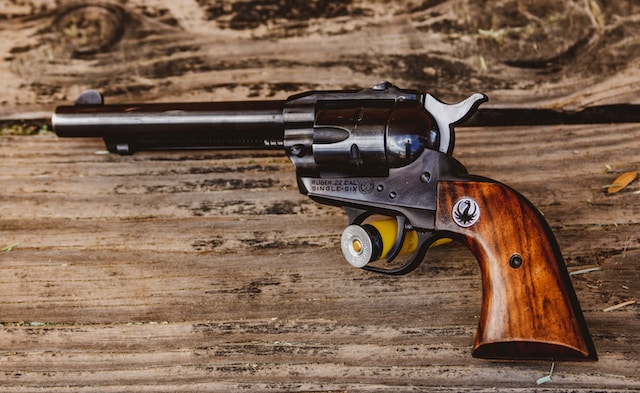
Whether you’re carrying IWB or OWB, it is essential to learn the laws of the places you plan on visiting while traveling with a concealed firearm. It is far too easy to get tripped up by state gun laws and end up with a couple of felonies under your belt because of an ignorant mistake.
Pants
Having the right pants for concealed carry, especially if you plan on carrying outside the waistband (OWB). You’ll need a good fit and a pocket size that can comfortably accommodate your handgun, plus any extra magazines or tools you might have in the pockets. If you have trouble finding fit pants, consider a pair from tactical apparel companies. These pants look more like casual jeans and have specialized pockets for extra ammunition or even tourniquets.
Then there’s the matter of clear cover, which changes a bit when you’re concealing a firearm with clothing. You’ll have to learn how to move your clothing immediately and practice it until it is down. Some people leave their cover garment buttoned but untucked, while others prefer a tucked shirt. Either way, there are a lot of variables to work out, and it’s best to do this in private before heading out in public.
Shirts
The proper shirt is a must-have piece of travel concealment clothing for those who need to carry concealed. The right cover garment hides the gun, holster, spare magazines, and knife without creating a tell-tale bulge. It also makes it easy to clear the weapon and holster quickly, should you need to do so.
Tight-fitting shirts tend to reveal the shape of a handgun and may not be the best choice for this purpose. A boxy “Hawaiian” tourist-style shirt or baseball-style jersey are better options. These shirts are designed to be untucked and hang loose enough not to print the firearm or holster underneath them.
Light button-up shirts work well in warm climates; a hoodie is a great option for cold weather. Experiment with the garment before your trip and practice clearing and drawing it before leaving home. This will help you to get comfortable with the procedure and fine-tune your technique.
Shorts
As the summer approaches, it’s important to remember that concealed carry can be much more difficult when it’s hot out. The sweat generated from a firearm can make the holster and pistol uncomfortable, so consider bringing some shorts to help mitigate this.
Some clothing companies even have pants that incorporate gun-specific belt loops, making it easier to carry a holster. These pants can also be worn independently or under a pair of shorts.
A patterned shirt can be a lifesaver when concealing a weapon, as it confuses the human eye. This helps mask the bumps and wrinkles that give away a person’s concealed firearm. If you’re carrying a large pistol, consider finding a tailor who works with concealment and ask them to create a garment that will hide it well. This can be expensive, but the peace of mind of knowing that your firearm is hidden when you need it can save a lifetime of worry and doubt.
Jackets
For various reasons, some people must carry concealed weapons (police detectives, security guards, entrepreneurs in dangerous areas, etc). In these cases, choosing the right garment and accessories is important to make it work.
The most important consideration is how to clear the cover garment when needed. The best way to do this is to wear a shirt designed for concealed carry that replaces the traditional buttons with snaps. This makes it easier to get a reliable grip on the gun and draw it quickly.
Other considerations include wearing a sweater that is not too tight and can hide a pistol in the back or under the arm. Finally, if you carry inside the waistband (IWB), wear pants one size up to accommodate the pistol and avoid sagging. Lastly, avoid touching and adjusting your setup or clothes in public – nervous movements attract unwanted attention.